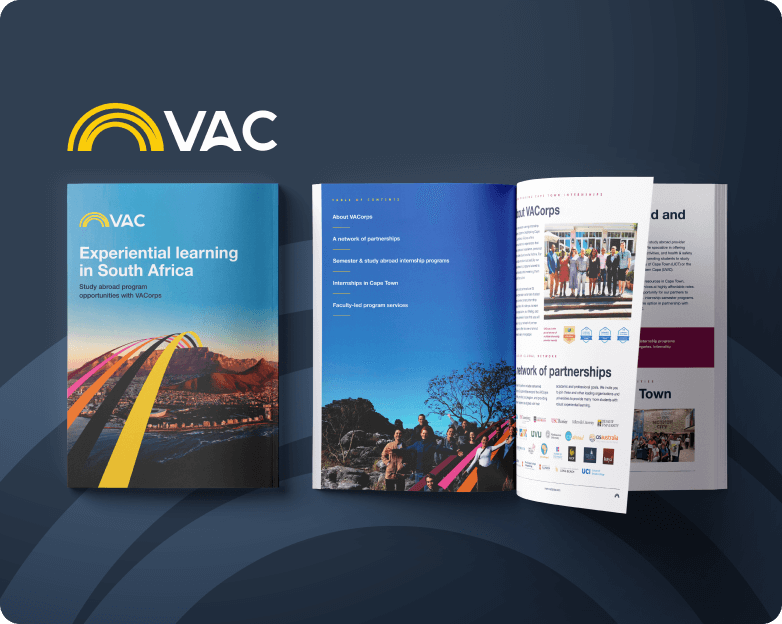Transform your business with effective branding strategies
Is your branding strategy failing to deliver results?
At FDC, we specialise in identifying gaps in your current branding
strategy and providing actionable recommendations.
Refine your brand to attract more customers, boost engagement, and ultimately grow your business.

Define, strengthen, and position your brand for success.
Our comprehensive branding services include:
Corporate and personal logos
Unique, professional logos that represent your brand’s identity.
Brand identity stylesheets
Detailed guidelines to maintain brand consistency across all platforms.
Brand identity stylescapes
Visual presentations that convey the mood, theme, and visual language of your brand.
Brand guidelines
Comprehensive documents that outline how to use your brand elements correctly.
Business stationery
Customised business cards, letterheads, and envelopes that reinforce your brand image.


Logo packages
1 Personal Logo
- 2-3 Logo design options
- Logo style sheet
- Final logo files supplied
- Include 2 rounds of logo reverts
2 Mini brand identity
- 2-3 Logo design options
- Presentation with 3-4 mock applications
- Logo style sheet
- Final logo files supplied
- Include 2 rounds of logo reverts
3Full brand identity
- 2-3 Logo design options
- Presentation with 3-4 mock applications
- 3 Stylescapes + brand workshops
- Logo style sheet
- Final logo files supplied
- Include 2 rounds of logo reverts
Brand identity packages
1 Stylescapes
- 3 Brand stylescape + workshop
- Single page brand style sheet
- Includes brand workshop
- Includes brand statement
2 Stationary pack
- Letterhead
- Business cards (up to 15 people)
- Email signature design + how to doc
- Presentation template (6-8 slides)
- Social cover images
3 Digital brand pack
- Social media templates in Canva (4-5)
- Mailer templates (2x)
- Social cover images
- IG highlight icons
- LinkedIn featured graphics
Frequently asked questions
What is a brand identity?
A brand identity is how a brand presents itself visually to the world and distinguishes itself from competitors. It includes design elements like colour, typography, imagery, and iconography that work together to represent your brand.
Think about Coca-Cola’s red and white colour scheme, the distinctive font, and the iconic bottle shape. All these elements form its brand identity.
Or the Apple logo. It’s instantly recognisable, but it’s just one part of Apple’s broader brand identity, which includes sleek design, minimalist aesthetics, and innovative product imagery.
What’s the difference between a brand identity, a brand guidelines document, and a logo?
A brand identity Includes the overall look and feel of the brand, encompassing logos, colour schemes, typography, imagery, and other design elements.
A brand guidelines document is a detailed document that outlines the rules and standards for using the brand’s visual elements, ensuring consistency across all platforms and materials.
A logo is a symbol or design that represents the brand. It’s a key part of the brand identity but not the entirety of it.
What makes a good logo?
A strong logo…
- Makes a powerful first impression
- Solidifies your brand identity and separates you from competitors
- Builds trust and loyalty over time as people become familiar with your brand
What are stylescapes and how do they benefit my brand?
Stylescapes are visual overviews that define your brand’s look and feel. They serve as a reference for all design decisions, ensuring that all brand visuals are cohesive and aligned with your brand identity.
Process for creating stylescapes:
- Discovery phase: This phase involves in-depth discussions with business owners to understand their brand’s key pillars, including values, target audience, and market positioning.
- Research and inspiration: Gathering inspiration from various sources to create a mood board that reflects the desired aesthetic and emotional tone.
- Design and creation: Combining the chosen elements into a cohesive visual representation, showcasing different aspects of the brand’s look and feel.
- Feedback and refinement: Presenting the stylescape to stakeholders for feedback and making necessary adjustments to ensure alignment with the brand vision.
- Finalisation: Finalising the stylescape, which then serves as a reference for all subsequent design projects.
Benefits of stylescapes:
- The structured process of creating stylescapes involves critical discussions about your brand’s core values and identity, helping to refine and clarify your brand strategy.
- Stylescapes ensure that all design elements are aligned, promoting a consistent brand image across all platforms and materials.
- With a clear visual reference, designers can make quicker and more informed decisions, saving time and reducing revisions.
- Stylescapes provide a tangible representation of the brand vision, making it easier for stakeholders to understand and support design choices.
What do brand guidelines include?
Brand guidelines are comprehensive documents that outline your brand’s voice, style, and usage. They include rules for logo usage, colour schemes, typography, imagery, tone of voice, and other elements that define your brand’s identity.
Why are brand guidelines important?
Brand guidelines ensure that your brand is consistently represented, which helps build trust and recognition with your audience. They provide clarity and direction for anyone creating content or marketing materials for your brand, preventing misuse and maintaining a professional image.
Who needs brand guidelines vs. a quick stylesheet?
- Startups and new brands: Need comprehensive brand guidelines to establish a strong and consistent brand identity from the outset.
- Established brands: Require detailed brand guidelines to maintain consistency across various channels and teams.
- Businesses with multiple brands or products: Need detailed guidelines to ensure each product or service aligns with the overarching brand identity.
In contrast, a quick stylesheet is suitable for:
- Small businesses or solopreneurs: Who need basic branding guidelines without extensive detail.
- Campaign-specific needs: Where only specific elements like colours and fonts are needed for a short-term project.